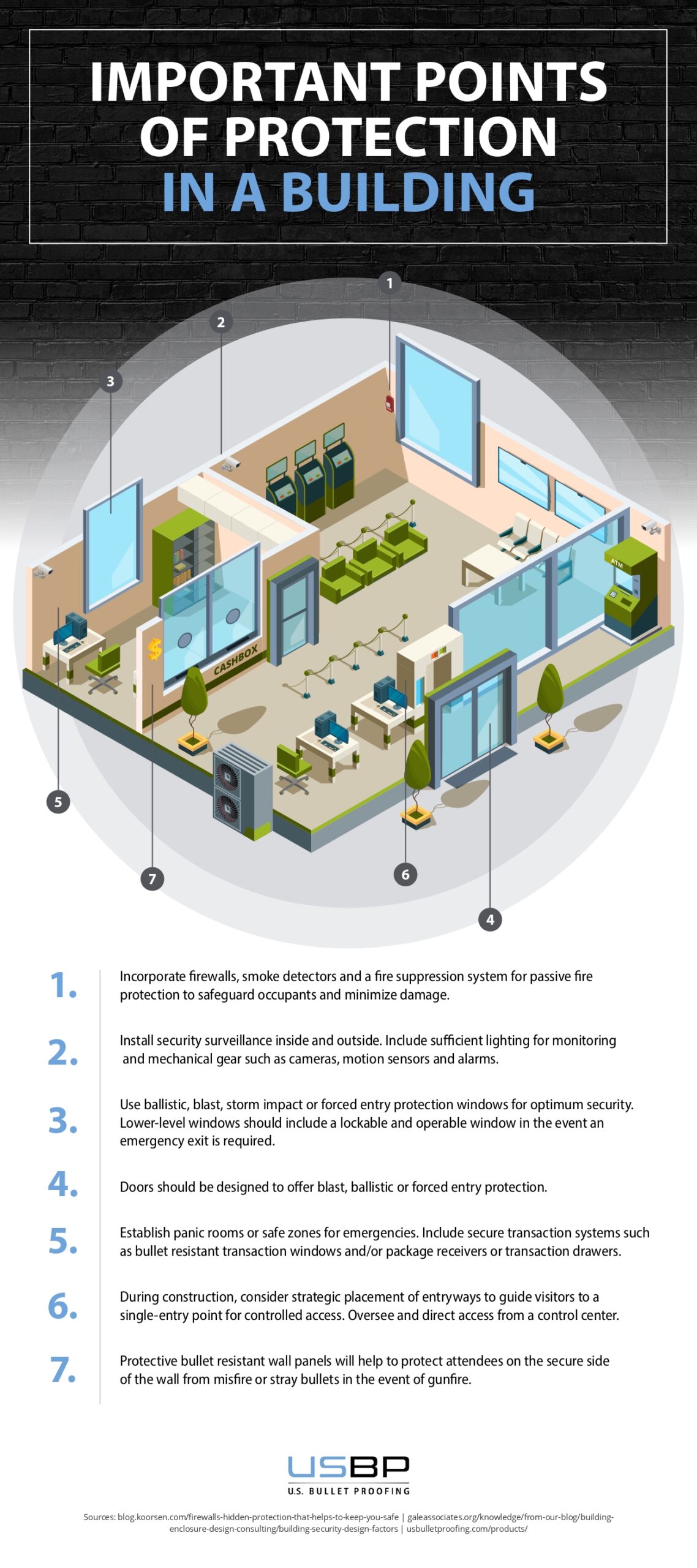The safety of our buildings can often be undermined by unseen vulnerabilities, caused by inadequate protections or the lack of advanced monitoring systems. With increasing incidents exploiting these flaws, it is crucial to adopt rigorous security strategies to preserve the structural integrity of facilities and safeguard the occupants. Notably, 41% of individuals cite cost as the main barrier to enhancing physical security controls. However, the consequences of a security breach — including financial loss, damaged reputation, and most critically, endangerment to human lives — significantly outweigh the initial expenses.
To mitigate potential risks and avert damage, fortifying both the internal and external defenses of a building is essential. This includes the installation of blast-resistant windows and doors, as well as enhancing door security to withstand forced entry, thereby enabling a swift shift to lockdown mode when required. During the planning stage of new buildings, it is imperative to strategically design entry points to control visitor access and consider integrating panic rooms and a centralized command center for better access management.
Efficient surveillance also depends on proper lighting, which enhances the effectiveness of camera systems, motion detectors, and alarm systems. These measures act as preventive deterrents to threats and facilitate rapid responses. According to FBI crime statistics, a burglary occurs in the U.S. every 12 seconds, resulting in annual losses of approximately $3.4 billion in property and personal assets.
Addressing these security vulnerabilities is vital to prevent incidents across all types of establishments. For an in-depth review of essential security practices for buildings, refer to the detailed guide provided below.

Infographic created by United States Bullet Proofing, makers of high-quality bulletproof glass for your high-risk properties












